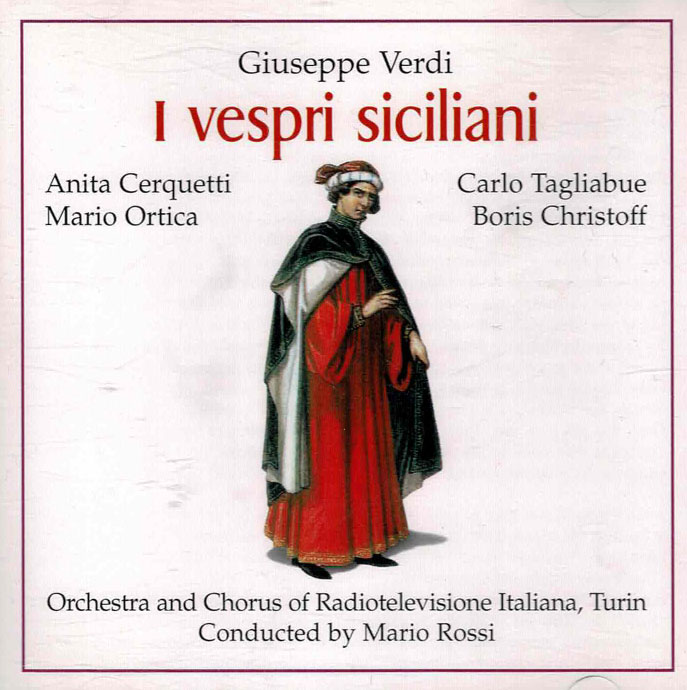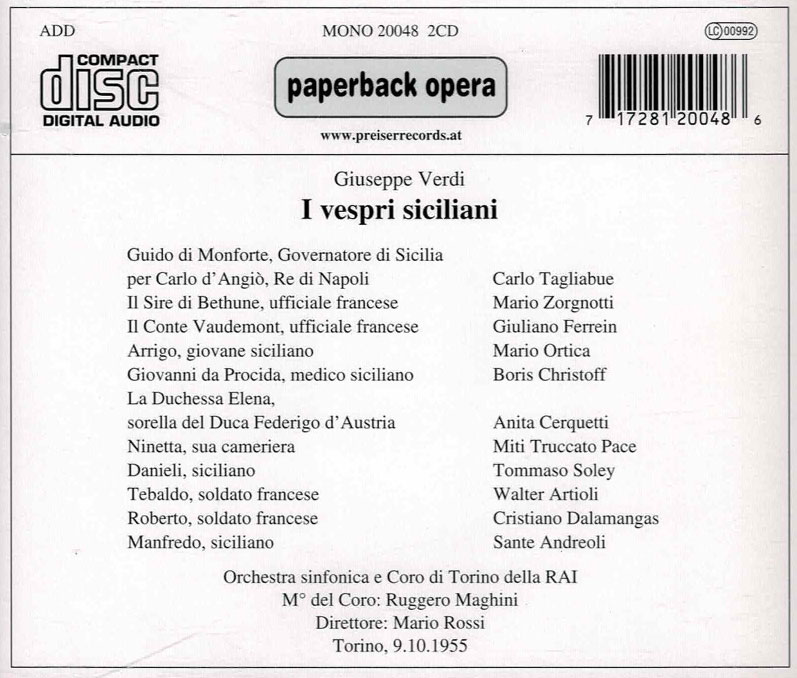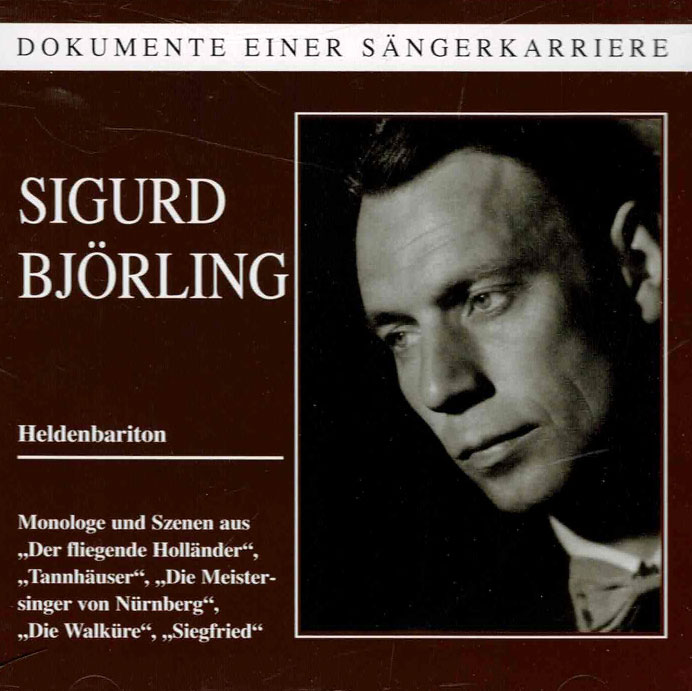Logowanie
Mikołaj - ten to ma gest!
Elton John, The Mamas & The Papas, Cat Stevens, Rod Stewart, Bobbie Gentry, Stevie Wonder, Engelbert Humperdinck
Memory Lane
Edycja Numerowana - 1000 egzemplarzy w skali światowej
RACHMANINOV, Eiji Oue, Minnesota Orchestra
Symphonic Dances / Vocalise
Best Recordings of 2001!!! NAJCZĘŚCIEJ KUPOWANA PŁYTA Z RR!
Karnawał czas zacząć!
Music of Love - Hi-Fi Latin Rhythms
Samba : Music of Celebration
AUDIOPHILE 24BIT RECORDING AND MASTERING
CHOPIN, LISZT, DEBUSSY, DVORAK, Gerhard Oppitz
Dances romantiques - A fantastic Notturno
Wzorcowa jakość audiofilska z Clearaudio
Winylowy niezbędnik
ClearAudio
Double Matrix Professional - Sonic
najbardziej inteligentna i skuteczna pralka do płyt winylowych wszelkiego typu - całkowicie automatyczna
VERDI, Anita Cerquetti, Ferruccio Tagliavini, Mario Rossi
I vespri siciliani

- Anita Cerquetti - soprano
- Ferruccio Tagliavini - tenor
- Mario Rossi - conductor
- VERDI
Lebendige Vergangenheit
The “Sicilian Vespers” is the name by which history remembers the massacre of some 2000 occupying French by Sicilians at Palermo on 30 March 1282. On that day, outside the Church of Santo Spirito, where people were making their way to Vespers, a Frenchman molested a passing Sicilian woman, pretending to search her. She clutched at her husband who cried “Death to the French”. From all sides the cry was taken up as the bell tolled for Vespers. Verdi’s 19th opera “I Vespri Siciliani” or rather “Les Vespres Sicilliennes” was an attempt to combine the Meyerbeer style with his own warmer, more generous musical impulses; to use the immense resources of the Paris Opera for a large, exciting opera. As early as 1850 the Opéra had approached him for a new work (Don Carlos being one of the subjects proposed). In 1852 the contract was drawn up: Scribe was to be the librettist and Verdi could choose the cast. Scribe began by submitting two scenarios which Meyerbeer had previously refused. Verdi objected. He wanted “grandiose, impassioned and original subject”; he agreed with Scribe that at the Opéra one needed” scenes with women, ballets de luxe, etc…” and he wanted something that would have spectacular production effects. In October 1883 Verdi left for Paris. Scribe offered him “Le Duc d’Albe”, a libretto written for Donizetti which the latter had not been able to set completely due to his illness and Verdi agreed to use it – providing that the title was changed, the setting shifted to a “less chilly clime than the Low Countries, a warm and musical clime” (he proposed Naples, but Scribe thought that would be too close to “La Muette de Portici”) and that a fifth act be added to make it a piece on the “Huguenots” or “Prophète” scale. The result is not a drama of characters who come to life in song but a structure involving large ensembles, elaborate spectacle, local colour, intricate and novel orchestral effects and virtuoso singers.






























